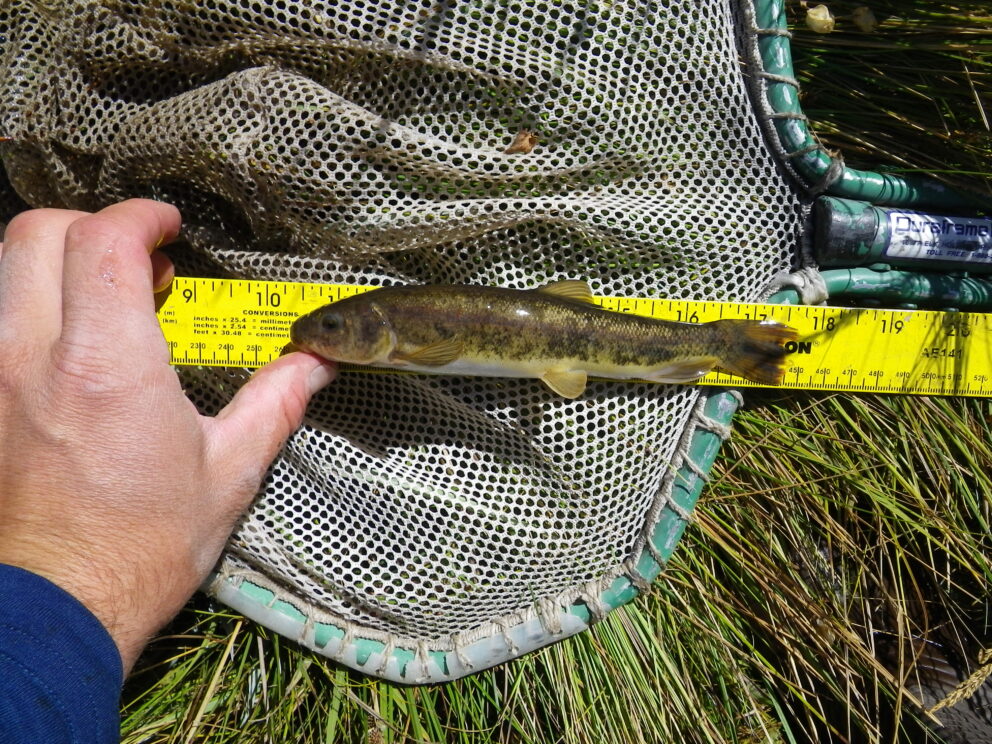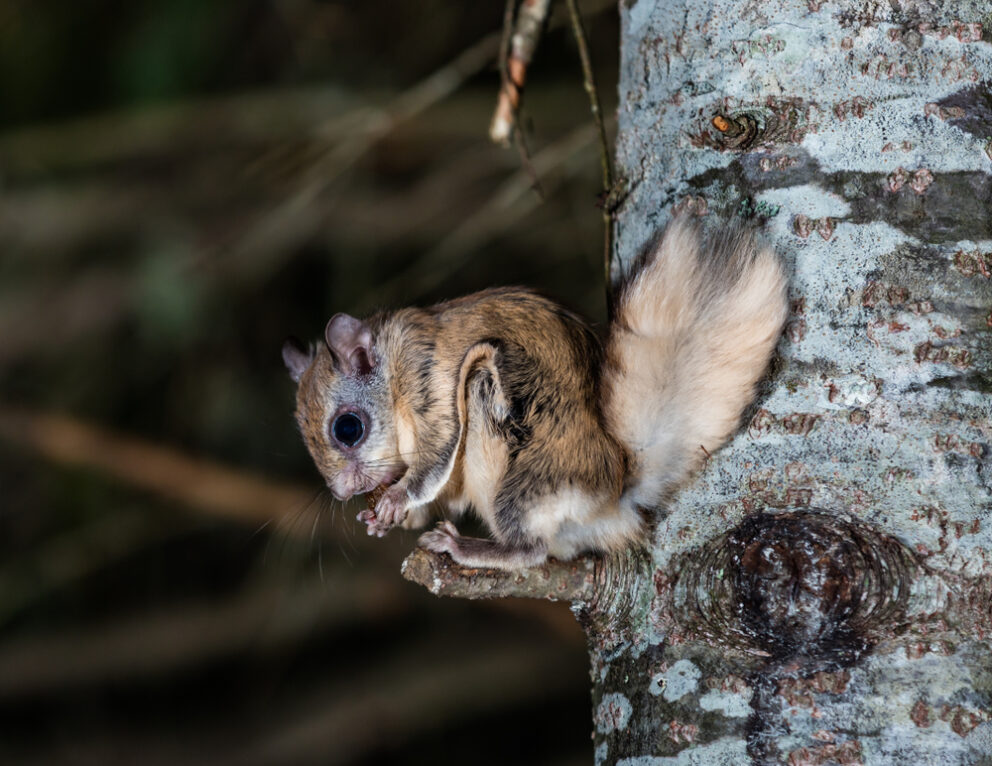- SCIENTIFIC NAME
- Ameiurus catus
- CLASSIFICATION
- Fish
- LIFE SPAN
- 7-14 Years
- SIZE
- 8-33” | 1-17lbs
- STATE CONSERVATION STATUS
-
- Unprotected
- FEDERAL CONSERVATION STATUS
- Least Concern
- GAME STATUS
- Game
- Washoe
- Humboldt
- Pershing
- Churchill
- Mineral
- Lyon
- Douglas
- Carson City
- Storey
- Elko
- Lander
- Eureka
- White Pine
- Esmeralda
- Nye
- Lincoln
- Clark
Habitat & Range
White Catfish are native to the Atlantic Coast from Chesapeake Bay south to Florida and Texas. Found in Lahontan and Willow Creek Reservoirs and the Humboldt River system, often co-occurring with Channel Catfish. Generally prefers slower, warmer waters.
Threats
- Birds
- Larger Fish
Natural History
Native to the Atlantic drainage systems of the U.S. but now intentionally introduced for sport and food to many other states including Nevada. The White Catfish is a sluggish fish that prefer mud-bottomed pools, open channels, and backwaters of small to large rivers, lakes, and reservoirs. They Feeds on a wide variety of fishes, insects, and crustaceans.












